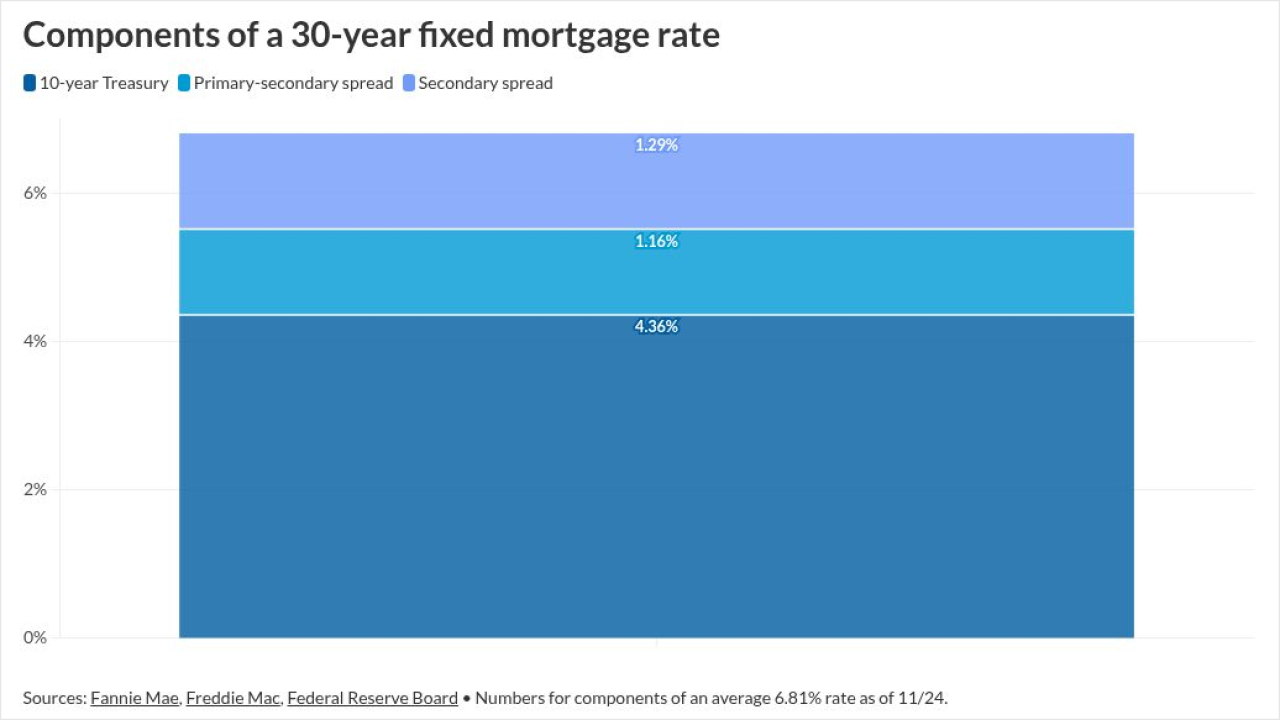New "zombie" property numbers from Attom show that to date they haven't changed much despite a spike in foreclosure filings.
Foreclosure filings jumped 14% in April compared to the same month the previous year, but property vacancies remained stable, according to Attom's second quarter report. ICE Mortgage Technology's recent report
One out of every 14,207 homes, or 7,329 of 222,358 preforeclosure properties, were unoccupied during the period Attom studied by analyzing data from tax assessors.
"Thankfully, we're not seeing a lot of homes sitting vacant due to pending foreclosures, which is good for families, neighborhoods and the market. However, foreclosure filings have shown a recent uptick," Attom CEO Rob Barber said in a press release.
Vacant property rates have remained low amid the release of some distressed mortgage inventory from the pandemic and financial pressure on consumers because housing demand remains strong enough to absorb many of those on the market.
(Also temporary pandemic constraints around foreclosures did
"So far, buyers seem to be scooping up these repossessed homes relatively quickly, so they aren't sitting empty," Barber said. "Nobody wants to see a return to the days of the 2008 housing crisis when vacant, blighted homes were common."
States, metros with large zombie-property shares
Zombie property shares were the highest in the following 10 states: Oklahoma, 2.42%; Kansas, 2.29%; Alabama, 2.16%; Missouri, 2.15%; West Virginia, 2.1%; Indiana, 2.02%; Florida, 2.0%; Ohio, 1.99%; Michigan, 1.98%; and Mississippi, 1.92%.
As a percentage of preforeclosure properties in metropolitan areas, the ratio was highest in Wichita, Kansas at 12.1%; followed by Peoria, Illinois, 11.8%; Toledo, Ohio, 10.2%; Cedar Rapids, Iowa, also 10.2%; and Cleveland, 10%.
Attom only tracks MSAs with at least 100,000 homes.
How federal, state policy could impact zombie foreclosures
Zombie foreclosures and blight are something one Trump administration official,
Pulte has
Rules around zombie properties could be something Pulte is likely to primarily hand off to the states, which typically mandate some distinct foreclosure practices. Such a move would be in line with a Trump administration that has been largely focused on deregulatory efforts.
Pulte signaled earlier through a post on social media that he is



